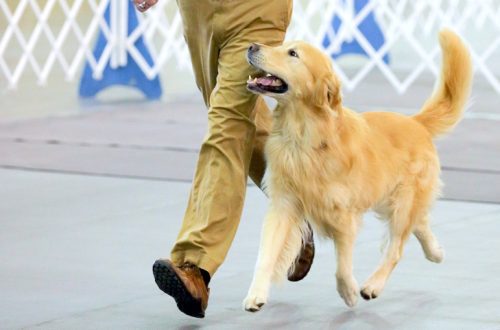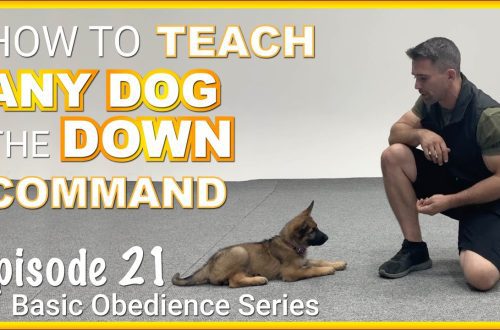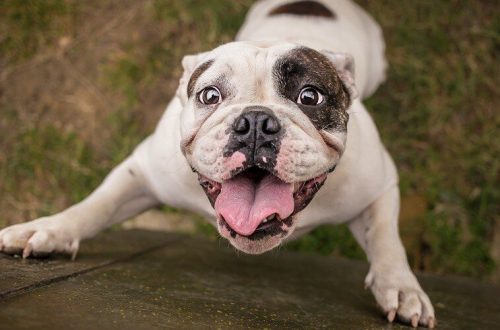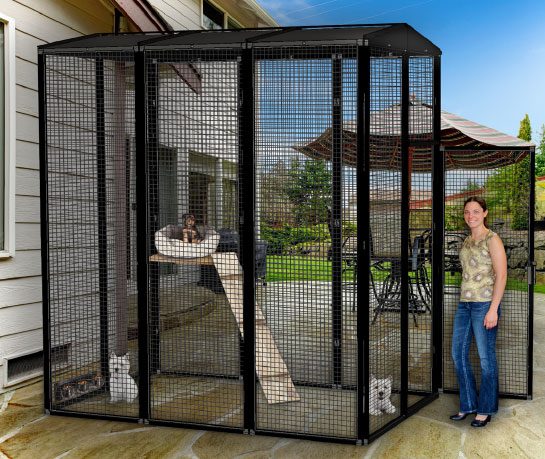
How to accustom a dog to an open-air cage?
To be out of the group for all socialized creatures – for both man and dog – is to experience social stress. Sometimes it is simply called the fear of being alone.
As a rule, the dog group keeps rather compactly in its territory. The center of the territory is a comfortable resting place (lair), which is usually occupied by the founders of the group. Sometimes they are called leaders. The farther the animal stays from the center of the territory, the lower its rank. Having reached a certain distance from the center, the subject ceases to be a member of the group. Remember this.
Puppies up to 4 months old generally keep close and tend to be as close as possible to their parents. They usually sleep snuggled up to each other or to one of the parents.
Adult animals rest, of course, at a distance from each other. But it is not as great as the distance from the aviary to the bedroom in the home of the dog’s owners.
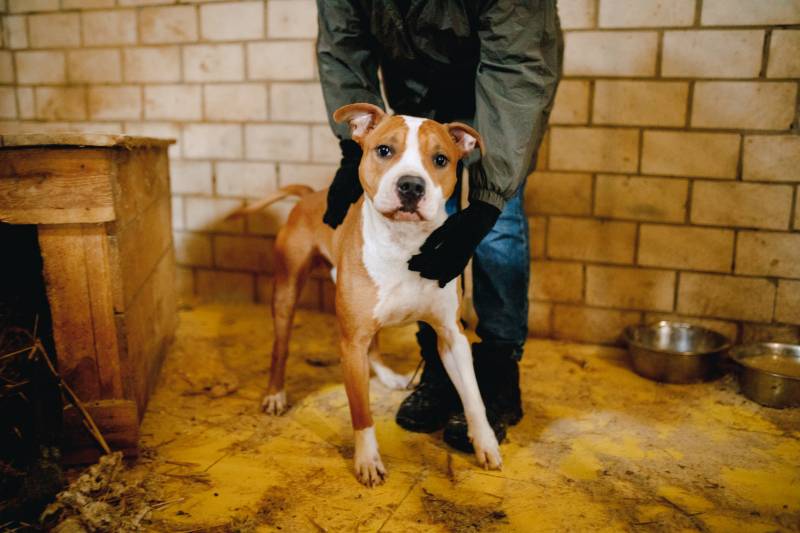
When breeding dog breeds, the selection has been and continues, taking into account the increasing orientation of dogs towards humans, taking into account the increasing dependence of dogs on humans, taking into account the increasing attachment to him, which in the aggregate we usually call the love of a dog. Thus, the farther a purebred dog is from a person, the more social stress it experiences. There are exceptions, of course. There are not only more or less independent breeds, but also representatives of philanthropic breeds more or less independent of man.
Now you understand that for a dog to live separately from a person as a founder, as a leader of a family-pack, means to live in a state of stress.
Puppies are especially vulnerable to this situation. It is written in their genes that they should sleep, feeling the warm sides of their brothers, sisters and parents. It means you’re in the group, it means you’re safe. Yes, and thermoregulation in puppies is still imperfect. Therefore, the vast majority of puppies experience panic when they are sent to settlements, to the periphery of the family’s territory, to the border, where subdominants, outcasts and pariahs live.
Put yourself in the place of a puppy: “Am I an outcast!? I’m a pariah!? Am I the lowest rank in the family!? I am alone?! Loners die!? And how can you believe in the love of a person?
Therefore, the vast majority of puppies and young dogs react very violently to their sudden placement in an aviary, because this is expulsion from the family.
It is clear that dogs begin to deal with stress and win. And the gain is called adaptation. It is necessary to live. And the dogs get used and adapt to live in settlements. The severity of stress is reduced. And everyone seems to be happy? But no! The dogs win and the owner loses.
Getting used to living outside the family, dogs begin their parallel life, relatively independent of the lives of people who consider themselves the owners of the dog. They begin to live side by side, but no longer together. Dogs may even stop considering themselves members of the owner group. And such a way of life no longer implies the very love, devotion, dependence and obedience that we so expect from a dog. Yes, you can live without conflict and with such a dog, but already on the rights of equality. Somewhat aloof.
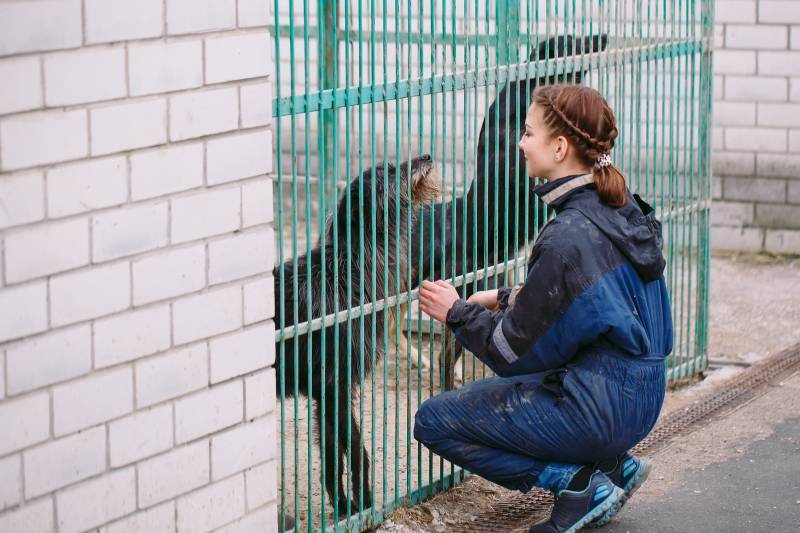
So how to accustom a dog to an open-air cage?
The easiest and most radical way: we get the dog into the aviary and close the door. No matter what the dog does, we do not let it out of the aviary. We can come to her as much as we like: feed, caress, play. But we do not let out of the aviary for a week. After a week, we switch to a normal mode of life: we start walking the dog, but the dog spends the rest of the time in the aviary. A month later, if there are no contraindications, we open the enclosure door forever. During this time, the dog will become so close to the aviary that it will be the safest and most comfortable area for her.
If the first way can be called revolutionary, then the second way is evolutionary.
Even if the dog lives in the house, the feeder and drinker are only in the aviary. And collect all the toys and put them in the aviary. And for yourself, put a chair in the aviary.
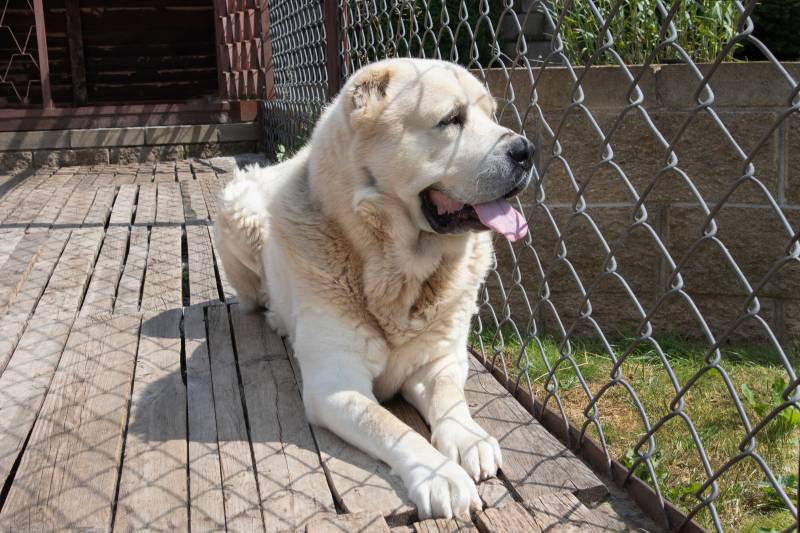
20 times a day go into the enclosure, feed the puppy there, play with him there or just sit, read a book or knit socks. You can even cover the door of the aviary. I think in a week the aviary will become at least a neutral room for the dog.
After a week, stop feeding the dog just like that. Divide the daily dose of food into 20 parts. We let the puppy out into the yard, and without noticing it, we went into the enclosure and poured the first portion of food out of 20 into the bowl. We find the puppy, cheerfully shouting to him “Place!” and we rush at a gallop, dragging him into the aviary with us. And there the puppy finds food. By the way, should not be found anywhere else. And so 20 times a day. A week later, on the command “Place!” the puppy will run into the enclosure ahead of you. During this week, the aviary will become a vital space for the dog.
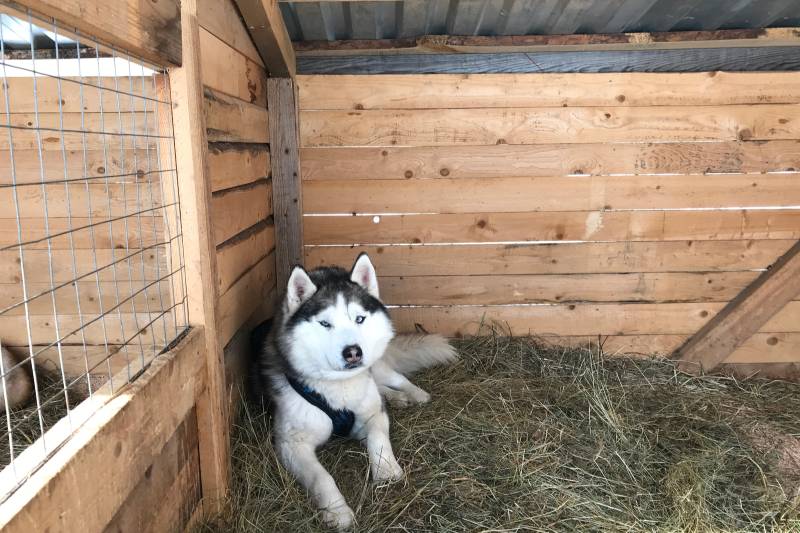
Start closing the enclosure door while the puppy is eating. Offer him long-chewing bones, but allow him to chew only in the aviary. In this case, the door can be closed.
“Play” and “run” the dog to the point of fatigue and send it to the aviary to rest.
In the General Training Course there is such a wonderful skill as “returning to the place.” Cut a sack that fits your dog, which will become a “place”. Train your dog to return to the “place” and stay there for a while. As you practice the skill, lay out the “place” in all corners of your yard/yard and get the dog to come to it. Gradually increase the length of time the dog stays in the “place”. From time to time put the “place” in the dog kennel and finally leave it there with the dog.
However, as it is sung in one song from one movie: think for yourself, decide for yourself … into the aviary or not into the aviary!



